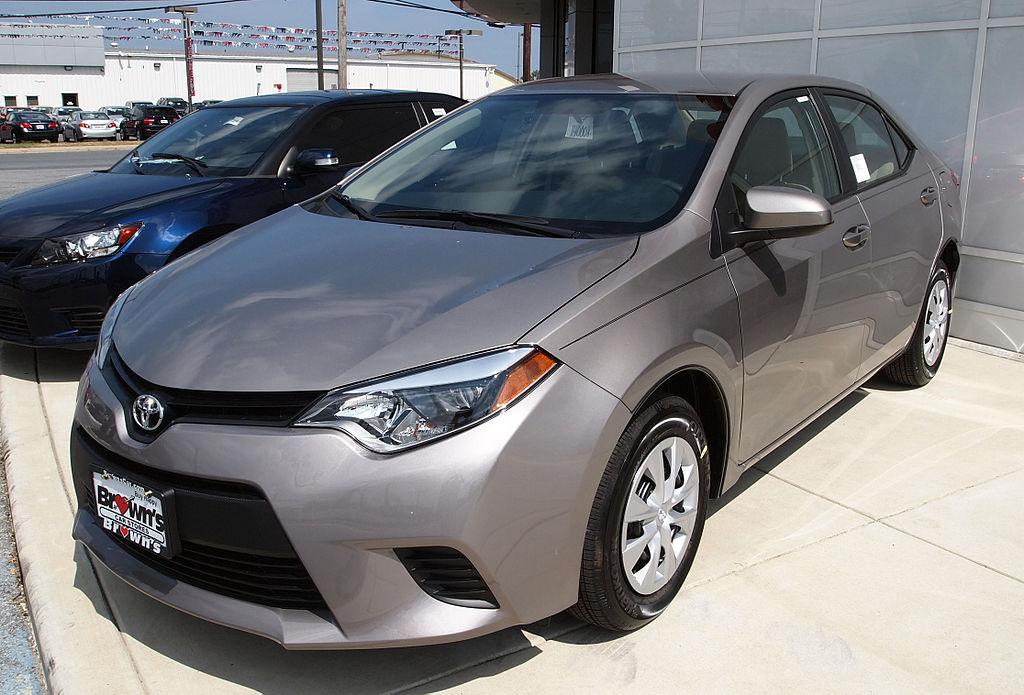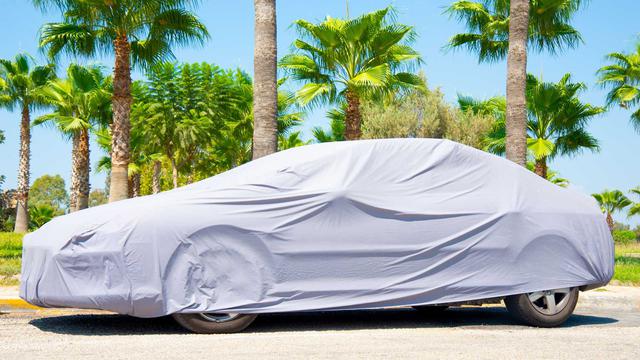Flash back to 2017 and auto outlets around the world were buzzing, thanks to a massively surprising promise - and an even more surprising admission - from the president of the world’s biggest car company.
It was a promise that would lead to a genuine performance revolution, from the GR Supra and GR Yaris to the incoming GR Corolla and GR HiLux, as well as a new MR2 or Celica to complete a "three brothers" performance strategy.
But it all began with a pledge, when Toyota’s top honcho, Akio Toyoda, had apparently issued an edict to his staff, vowing “no more boring cars”, essentially promising to strip power from the bean-counting quality control experts and hand it to designers and performance engineers to usher in a new era of excitement for the brand.
And the admission? Well, that was that Toyota vehicles — or at least some of them — were boring. Which, to be fair, we already knew, but is also not the kind of thing most car company executives will willingly cop to.
But cop to it he did, and what’s more, he actually did something about it. And it didn’t take long.
Just about the first Toyota vehicles to emerge from the darkroom after that statement were the daringly designed Prius, and the sensational new Camry, which debuted not just a funky new look, but a willingness to be driven enthusiastically - something sorely missing from its predecessors.
Camry Chief Engineer, Masato Katsumata, probably summed it best in an interview with AutoWeek at that vehicle’s launch, explaining that, historically, the designers would sketch their vision for a new vehicle, before that vision was slowly chipped away at in the search for cheaper manufacturing costs and the guarantee of simple, defect-free manufacturing processes. Eventually, all that was left was, well, a boring car.
"Normally Toyota styling is not so sexy or three-dimensional,” he said. “That’s because, I'm sorry to say, on the production engineering side, they do not take risks. So then finally, the designer's direction is pulled back.”
In the same interview, Ian Cartabiano, then chief designer at Toyota's Calty studio in California and now president of Lexus and Toyota’s ED2 Design Centre, put an even finer point on what the change in direction from the top would mean.
“I think you're going to see a lot of kick-ass products coming out of Toyota in the next couple years. And the Camry's a good start,” he said.
The following year, the GR Supra (which had been rumoured since 2012) emerged, part of a joint-development with BMW, and which borrowed its drivetrain tech from the German giant.
So while the Supra effectively launched the GR brand, it wasn’t until the end of 2019 that Toyota would have its first in-house model to wear the badge, in the shape of the truly excellent GR Yaris. CarsGuide was on the international launch of that model, and it’s no exaggeration to say that the engineering team were on the brink of tears at the emotion of putting Toyota back on the performance map.
Better still, those same engineers saw the GR Yaris as a first step back to the performance light from a company that had spend two decades in the dark. So much so that, when AutoCar in the UK awarded it a full-five-star performance score, the vehicle’s chief engineer Naohiko Saito, disagreed.
“We appreciated your kind words,” he said. “But in my humble opinion we can never achieve the perfect car. We had to start from scratch with this car, and we’d lost 20 years of experience. So this is just the start of development for our sports car. The important thing now is just to keep making it better for the future.”

The big question, though, is what does that future hold? Here’s what you can look forward to.
Toyota GR 86
Toyota GR 86
The Toyota GR 86 will be first to arrive, with the Subaru BRZ’s twin packing a more powerful engine that will now produce 173kW of power at 7000rpm and 250Nm of torque at 3700rpm.
You might think that makes it late to the party, given the BRZ was due to arrive before the end of 2021, before delays pushed it to the first quarter of 2022.
But in exciting news, Japanese media says the hold-up is mostly owing to President Akio Toyoda sampling the new model, and then ordering his engineers to further differentiate it from its Subaru twin, such is the importance of the GR badge.
Toyota GR Corolla The GR Corolla (pic credit Best Car Web)
The GR Corolla (pic credit Best Car Web)
The next cab of rank should then be the fire-breathing GR Corolla, with reports suggesting it will be revealed around the middle of next year.
It’s a case of when, not if, for the Corolla, with the brand confirming that a “GR hot hatch" (that isn’t the Yaris) would be launching. So the go-fast Corolla project has clearly been green-lit.
That vehicle will reportedly benefit from the GR Yaris' 1.6-litre turbo-petrol three-cylinder engine. But rather than that vehicle’s 200kW of power and 370Nm of torque, the GR Corolla is expected to get a power boost to 224kW. There’s also a rear-seat delete option, as well as a manual transmission, the GR-FOUR 4WD system, LSDs and weight-saving panels.
Toyota GR HiLux
The Toyota GR HiLux
Another in the when, not if, camp (the GR HiLux nameplate has already been trademarked in Australia and elsewhere), a go-fast HiLux should arrive with the ute’s next major model change, in 2023 or 2024.
What we don’t know (but do hope) is what will be powering it. Back in 2018, Toyota went on the record as saying it would be looking for a "big diesel" to power a GR HiLux, suggesting a petrol engine wouldn't cut in a GR model. The problem, of course, is that no such engine existed. But that all changed with the launch of the LC300, which is home to a new and thumping V6 diesel.
That would make, at least by current standards, the GR HiLux the most powerful dual-cab on the market, so keep your fingers crossed.
Toyota MR2 or Celica
The Toyota Celica imagined (pic credit: TopGear Phillipines)
Toyota is on the record as keen to complete its performance trilogy – or what it calls its "three brother" strategy - with a new performance hero to join the GR 86 and GR Supra.
What we don’t know yet is what exactly it will be. Some media reports point to a reborn MR2 with a plug-in hybrid powertrain - a two-door performance vehicle with a 2.8- or 3.0-litre V6 petrol engine complemented by an electric motor and lithium-ion battery to produce around 298kW.
Other camps suggest it could be a reborn Celica, with Toyota reportedly this year re-registered ‘Celica’ as a trademark in North America, saying that Toyota sources confirmed a third performance model would be joining the line-up, that it would wear a Celica badge, and that it would be powered by future-facing technology, whether electric or hydrogen fuelled.




